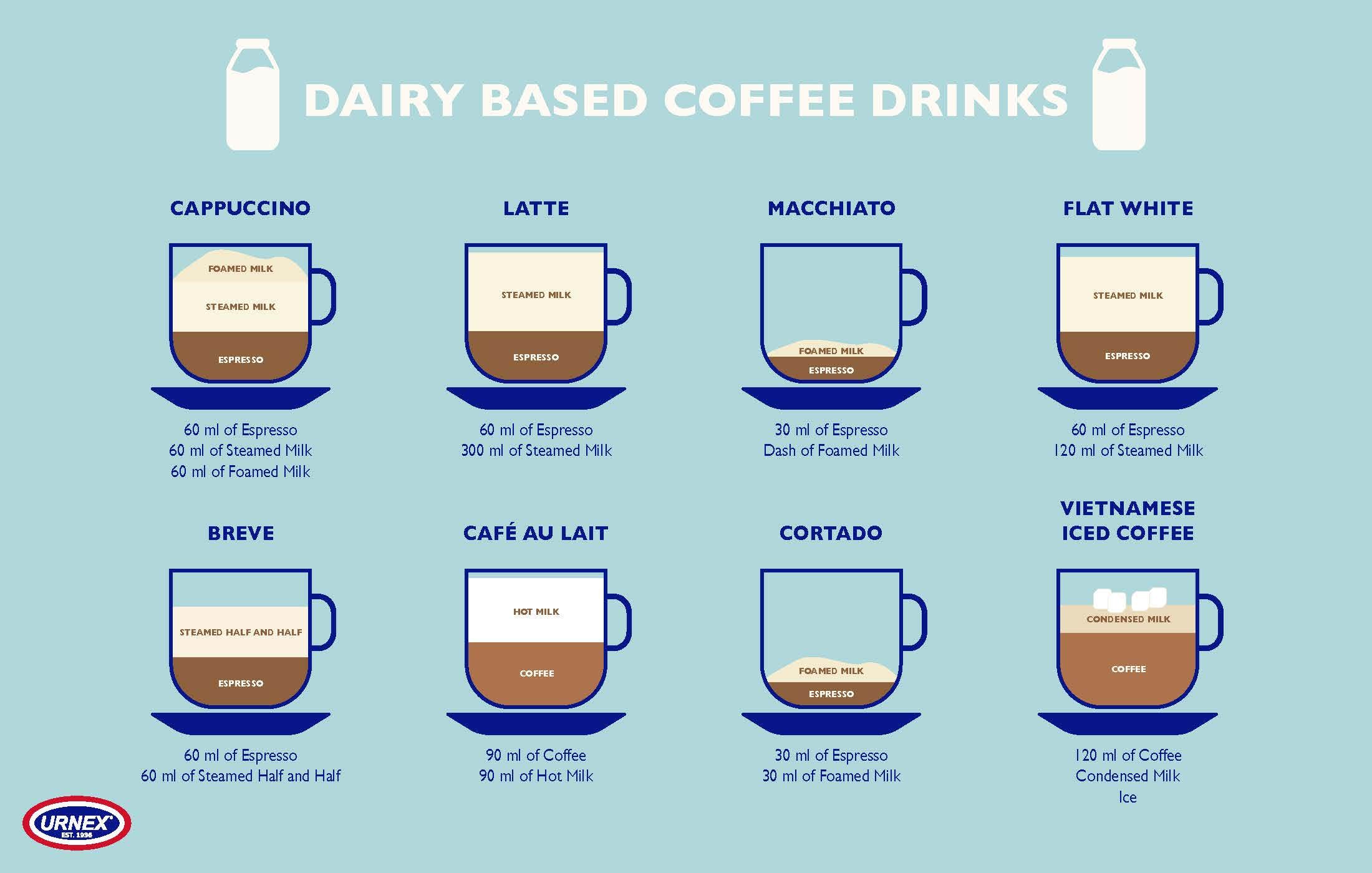Hot or cold, the combination of coffee with milk or cream is always delicious. However, in today’s society we are always looking for ways to make all of our food choices the healthiest they can be. So how can we make our cappuccino healthier?
While no one wants to forgo the rich smooth tasting qualities of a cappuccino or the crowning microfoam that distinguishes a cappuccino from other beverages, swaps for milk may be necessary.
Lactoce intolerances, allergies, digestive issues, weight management or meeting diet criteria, like those in Keto, for example, where coffee is acceptable but dairy is not are important reasons to explore milk alternatives for cappuccino and other milk-based drinks.
There are a number of milk alternatives that can be used when making cappuccino. Read on to discover which milk swaps are ideal for a healthy cappuccino while keeping the silky mouth feel that makes this drink decadent and delicious.
Yes, but there is sugar in all cappuccinos, so you shouldn’t be singling Starbucks out. A cappuccino is espresso and milk. Milk has sugar, no matter what type of milk it is (non-fat, 2%, whole milk, etc.), about 12 grams per cup. If you want a cappuccino, there is no way to avoid ‘some’ sugar.

What is cappuccino? The Italian Recipe
A cappuccino is one third espresso, one-third milk foam and one-third hot milk. This represents the standard Italian recipe which has been modified in other countries, including the USA where wide liberties have been taken with these proportions.
The “ classic” Italian cappuccino is a total of 6 ounces- 2 oz each of espresso, foam and hot milk. The recipe is both easy to remember and easy to make and guarantees a delicious drink as long as you use good coffee and fresh milk. Cow’s milk is used in this “classic” recipe. In the US a standard cappuccino is usually 8 ounces or more.
The quality of the froth is critical for a good cappuccino. What makes cappuccino stand out among other milk-based drinks is the compact, dense milk froth which sits on top of the coffee resembling a crown. The foam is so thick it almost looks like a dollop of whip cream. Milk is steamed, and the milk proteins are responsible for forming a compact foam saturated with fine air bubbles.
Cappuccino and weight management
You don’t always need to feel guilty for having a cappuccino. Did you know cappuccino can act as an appetite suppressant? It is, if it is drunk piping hot. The heat causes the combination of tannic acids in the coffee and casein in the milk to digest slowly, resulting in a feeling of fullness.
In Italy, cappuccino is usually served at approximately 145 degrees Fahrenheit. While in the US, cappuccino is typically served from 165 to185 degrees Fahrenheit. Keep in mind that milk heated to above 165 begins will alter in its ability to froth as well as taste because it begins to boil.
In this case, it would appear that the American standard temperatures provides a healthier cappuccino option, but we all know portion control is a big variable in weight management. In this case, the Italian recipe would be the winner because an American small cappuccino is usually at least an 8oz serving.
Each milk alternative has a range with respect to calories and carbohydrates, so depending on your goals you need to consider what type of milk to use when making your healthy cappuccino.
How to Make a Nonfat Cappuccino
FAQ
Is low fat milk good for cappuccino?
Do you need whole milk for cappuccino?
What milk is better for cappuccino?
Can you put whole milk in a cappuccino?
Plant-based alternatives keep them healthy. Lactose-intolerant people shouldn’t put whole milk in their cappuccino. Sure, it gives your drink a rich taste, but it’s not worth the adverse reaction. Almond milk is the best alternative to whole milk. It’s the creamiest plant-based milk and adds great flavor to the espresso shots.
Can one drink milk and coffee?
You can drink coffee with milk, as long as you are lactose tolerant and digest milk well. Coffee, due to its caffeine, can sequester some nutrients from milk, such as calcium.
Can you use alternative milk for a cappuccino?
Yes, you can use alternative milk options for a cappuccino. Each type of milk offers unique benefits, such as almond milk for a nutty flavor or oat milk for a creamy texture. Experiment and find your favorite! How Can I Froth Milk Without a Milk Frother?
Do you use milk to make Cappuccino foam?
Cappuccino foam is thick and rich, and only full-fat milk will get that consistency. Whole milk gives the foam a velvet finish that pairs perfectly with buttery espresso shots. I use low-fat milk sometimes, but I can tell the difference in the foam. Many confuse a latte with a cappuccino.
